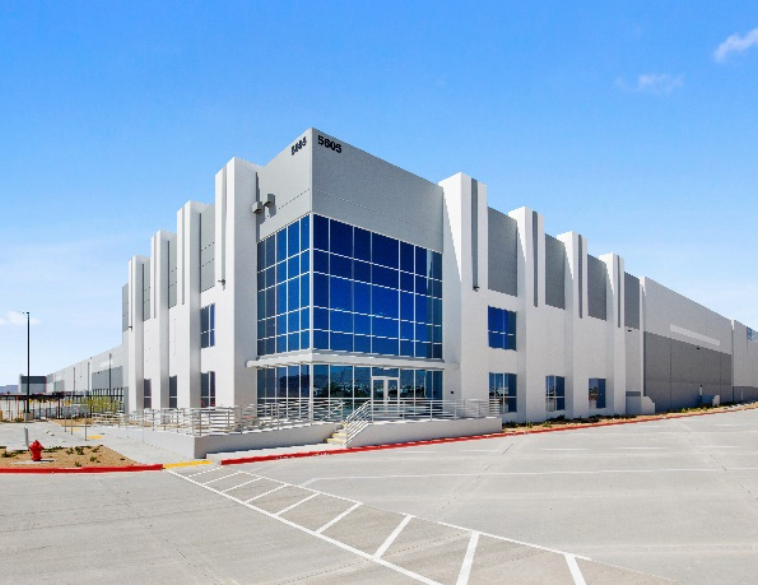MANN+HUMMEL has announced a new distribution expansion strategy for their North American Automotive Aftermarket brands.
The company will expand into two distribution centres to serve customers through a West Coast and East Coast distribution strategy.
The new West Coast distribution centre, which will be established in Las Vegas, Nevada, will open in summer 2021. The nearly 400,000 sq. ft. facility will begin customer shipments in late 2021.
“Once the new site is fully operational, we will ensure shorter lead times and efficient deliveries to our customers in Western USA and Canada. Expansion into the western region is an exciting opportunity we’ve been seeking for a long time,” said Rodrigo Reyes, Senior Vice President, Automotive Aftermarket, Americas.
In the Eastern region, MANN+HUMMEL will consolidate its two existing distribution facilities in North Carolina into a modern distribution centre in Gaffney, S.C. The company’s current distribution centre will be transitioned in phases to the Gaffney site, beginning in the second half of 2022.
MANN+HUMMEL is also announcing a strategic partnership with DHL Supply Chain to optimize supply chains within their new expanded distribution strategy.
Partnering with DHL
“At our new distribution centres, we will implement the latest in robotics technologies, distribution capabilities and optimization solutions. We will move from shipping bulk quantities to specific units, working with just-in-time strategies to support our customers and partners,” said Sergio Bellacicco, Vice President Global Material Planning & Logistics for MANN+HUMMEL.
Dennis Lutwen, DHL Supply Chain President, Automotive, Engineering & Manufacturing and Chemical & Energy, said:
“DHL Supply Chain fundamentally believes in putting our customers at the heart of our business in developing and delivering effective logistics solutions.”
MANN+HUMMEL has shared the news of their new distribution strategy with all employees to be transparent about the expected changes over the next two years.
The company intends to place many affected employees within local operations sites, taking advantage of the future growth potential expected in the coming years.



